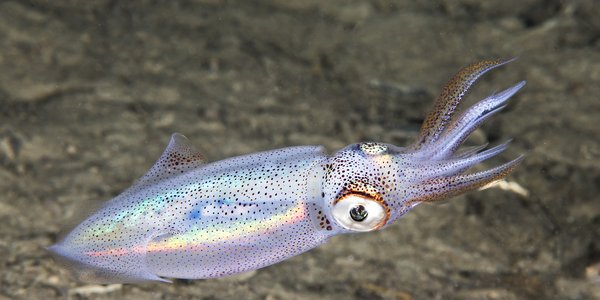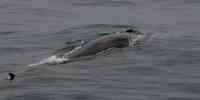NOT CACHED
Species
- Cephalopods – Cephalopoda
- Blue whale
- Greenland halibut
- Blue ling
- Anglerfish
- Stinging jellyfish
- Sprat
- Tusk
- Basking shark
- Fin whale
- Flat oyster
- Harp seal
- Tope
- Sea spiders
- Grey seal
- Rabbit fish
- Sea vomit
- Snake pipefish
- Horse mackerel
- Lobster – European
- White whale
- Whiting
- Haddock
- Porbeagle
- Blackmouth catshark
- Greenland shark
- Great scallop
- Hooded seals
- Humpback whale
- Blue whiting
- Red King Crab
- Sea urchins
- Worms in fish: What you need to know about kveis
- Halibut
- Salmon – Atlantic
- Sea lice
- Ling
- Wrasse
- Capelin in the Barents Sea
- Hake
- Mackerel
- Bluefin tuna
- Porpoise
- String jellyfish
- Spurdog
- Polar cod
- Pink salmon in Norway
- Northern shrimp
- Lumpfish
- Plaice
- Northeast Arctic saithe
- North Sea herring
- Norwegian spring-spawning herring
- Sea stars – Asteroidea
- Skates
- Norway lobster
- Roundnose grenadier
- Small-spotted catshark
- Snow crab (Chionoecetes opilio)
- Killer whale
- Dolphins
- Harbour seals
- Pacific oyster
- Atlantic Bonito
- Velvet belly lanternshark
- Edible crab
- Cod – Northeast Arctic
- Atlantic cod - North Sea, Skagerrak and the Eastern English Channel
- Costal cod - north of the 62 latitude
- Redfish
- Minke whale
- Brown trout
- Norway pout
- Eel




































































